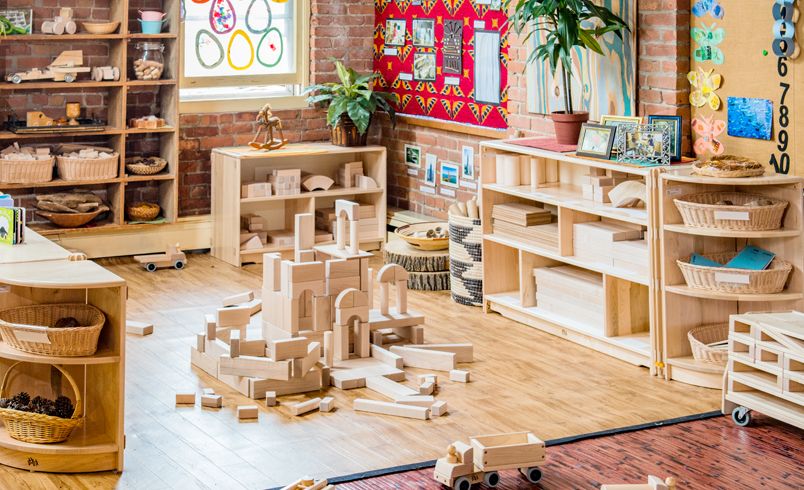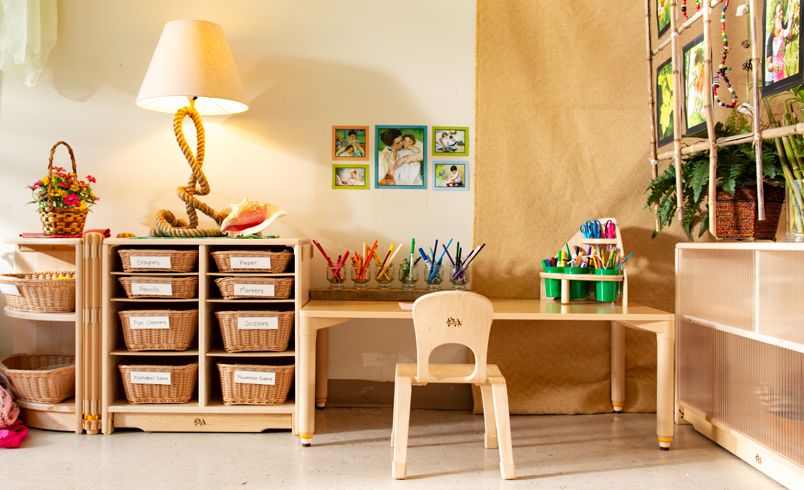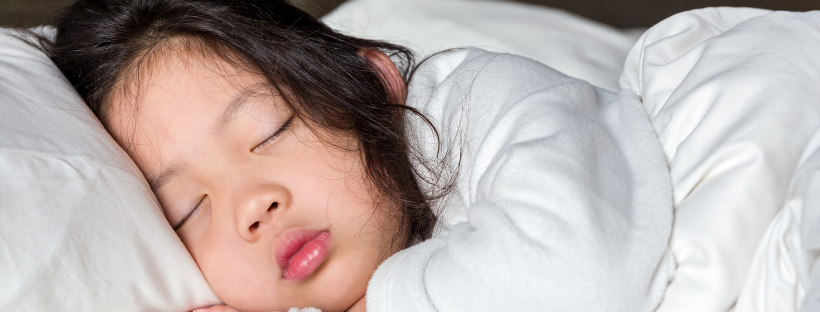.png)
The environment is the third teacher.
Early childhood is defined as the period from birth to compulsory primary school age. It is the time of remarkable growth and important milestones in brain development. During this stage, children are highly influenced by the environment and the people that surround them. (Unesco 2020)
In early childhood, children are highly influenced by the environment and the people that surround them.
That being said, it is good to assess/reassess how the learning environments are set up to support children's learning. The learning environment should take the whole child in consideration - social, emotional, cultural, linguistic, physical, and cognitive side - and provide activities in all those aspects.
To do this, you can for example include activity areas that offer opportunities for both hands-on, play-based learning and developmentally appropriate instruction of academic skills. Activity areas should invite children to inquire, explore, test, discover, and engage in play and learning.
Even if the learning areas are full of inspiring, changing, and varied materials, the basic daily schedule should remain the same from day to day. The daily schedule can be supported by routines and carefully planned transitions so that the day is a smooth and well-managed ensemble.
What is Finnish Early Childhood Education?
Examples of Activity areas in the learning environment
Presented originally in Community Playthings - Supporting high quality early learning:
Block Center
A block area that houses a full set of wooden unit blocks arranged by size and shape in low open shelving that clearly demarcates where each block should be stored;
Math/Manipulative Center
A math/manipulative area that offers a variety of materials including puzzles, small blocks, Legos, games, tiles, geoboards, attribute blocks, and other hands-on materials that foster children’s thinking and problem-solving skills and support the development of math (counting, operations, numbers, measurement, geometry)
Library/Reading area
A library area that contains a variety of books that are arranged by the areas of interest and difficulty level. The types of books should reflect the little readers who learn in the classroom.
Writing area
A writing/drawing area that provides different types of paper, crayons/markers/pencils and maybe stamps, stencils, alphabet charts... These materials can be combined with art materials (for younger children) or separated into their own area when children become more advanced in the literacy development
Art area
An art area that offers different types of paper and drawing materials (crayons, markers, etc.), as well as paste or glue, scissors, stamps, watercolors, pastels, and tempera paints and brushes, an easel or table available for a large painting, collage and construction materials, and other assorted materials such as playdough and clay.
Science area
A science area that includes magnifying glass(es), sand/water table, possibly animals (guinea pigs, snails, mealworms), and other natural items (eg. plants, rocks, shells, leaves...) depending on the time of the year, current topic, or interests of the children in the classroom. Within this area, children should be given time to experiment with measuring, counting, pouring, and making predictions.
Dramatic play area
A dramatic play area for younger children that can be used as a “house” or any other setup that is interesting for the children or the essence of the current topic (eg. post office, train station, grocery store...).
Media area
A media center that provides access to computers, printers, audio equipment, smartboard, and other technology that children can learn to use.
Meeting Area
A large meeting area for the whole group of children gathering together for circle time, group discussions, storytime, and music/movement activities. It can be in one of the areas of the classroom, such as the block area or the library, that has enough floor space.
Outdoor Area
An outdoor play area is ideal as children love to run around, jump, climb and play freely in the natural environment - why not grow your own vegetables even? Everyone surely feels refreshed after spending some time outdoors. If possible, it is easiest if the outdoor space is connected directly to the classroom.
.png)


.png)
